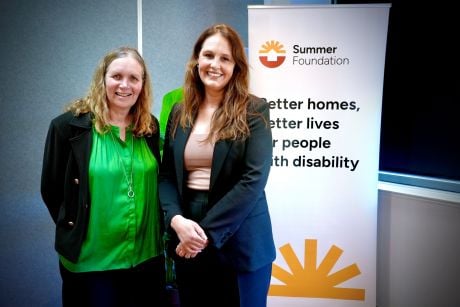Australian schools are experiencing unprecedented teacher shortages, with a predicted shortfall of 4000 teachers by 2025.
Regional schools are often hardest hit and face unique challenges in the recruitment and retention of qualified teachers.
Research from La Trobe’s School of Education, led by Associate Professor Melissa Barnes, has examined initiatives from around the world to find out what works best when it comes to attracting teaching candidates in regional areas.
“Teachers from metropolitan areas are often given incentives to work in the regions. However, the research suggests that teachers who are originally from a regional area are more likely to teach there. They are also more likely to continue working in a regional school compared with their city counterparts.”
“We were interested in identifying programs that had been successful in attracting more teacher candidates from regional and rural areas.”
“We found that government-funded programs have achieved some success in recruiting more teachers from regional and rural areas, particularly programs in the United States and China.”
“In addition, we found that university-school partnerships have been effective in creating teaching pipelines in secondary schools. In these programs, high school students who are interested in teaching can gain experience and exposure during their schooling years. They then train as teachers and come back to their local area to teach.”
Associate Professor Barnes says that while there has been a lot of discussion about the importance of recruiting and retaining teachers in regional schools, more research is needed on how to create pathways to attract teachers.
“We are exploring ways to put some of these findings into practice so we can attract more regional and rural students to teaching,” she says,
“These include alternative teaching pathways such as our Nexus program, an employment-based pathway into teaching, as well as introducing a "Grow Your Own" program for regional and rural schools, where students are given opportunities to learn more about teaching in secondary school.”
Read the paper.


